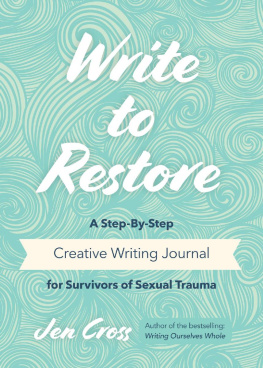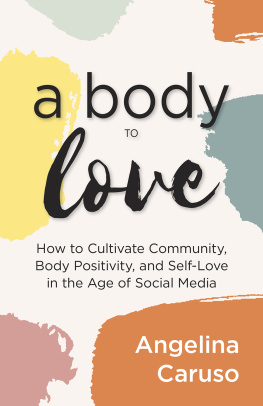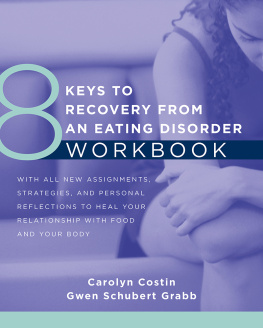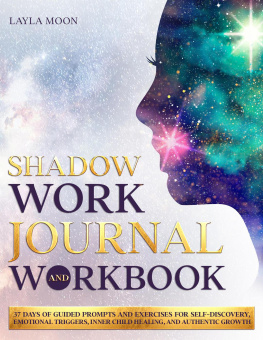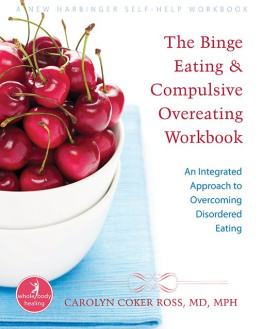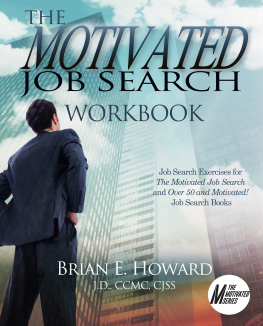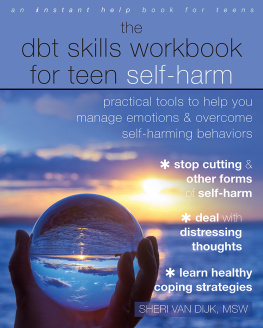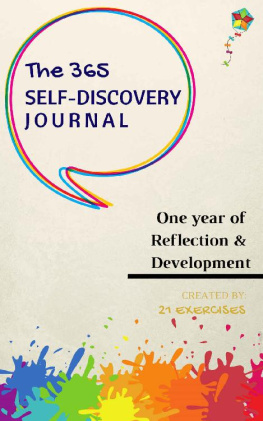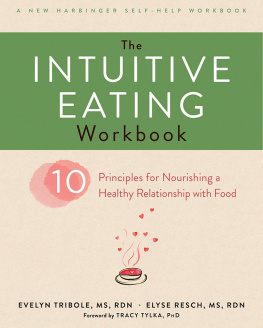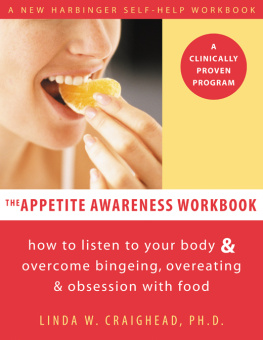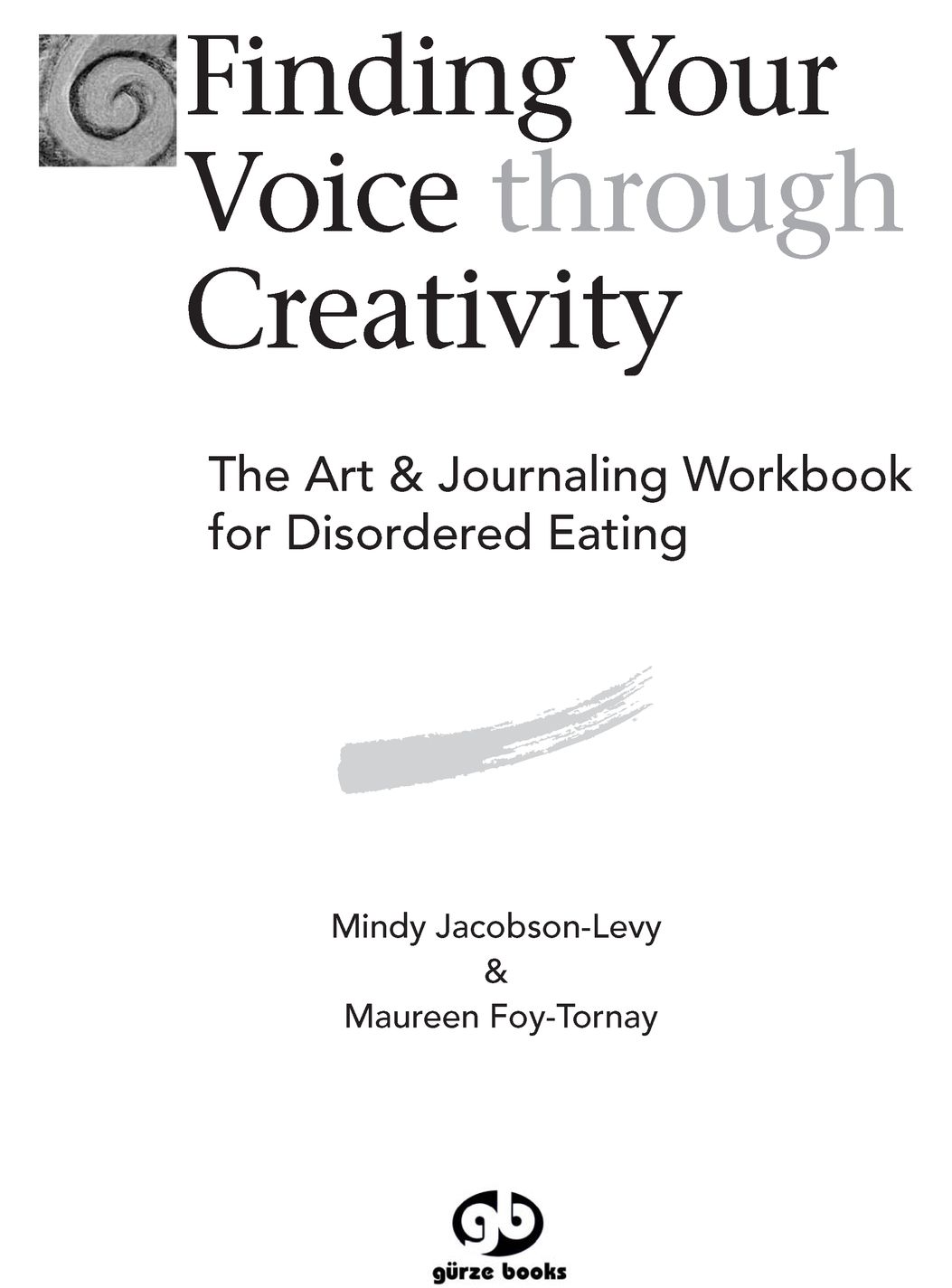Table of Contents
Paul, Stephanie, and Colin
&
Ian, Sophia, and Paul
All our love
INTRODUCTION
As board certified, registered art psychotherapists who have specialized in the treatment of eating disorders for more than forty collective years, we know that art is a highly effective tool for psychological growth. Making art encourages self-expression and heightens the awareness of thoughts and feelings, both past and present. It is a remarkable tool for recovering our right to be heard, letting go of perfectionism, and restoring self-acceptance. And it can foster self-discovery by opening new, symbolic doors into our hearts and minds. Creativity connects us to our inner voice; healing occurs when we listen!
Art also bypasses the flow of thoughts and words that continually run through our heads. Although words can be meaningful and lead to healthy action if theyre connected to our internal life, they can also serve as a faade that masks true feelings. This is particularly true for individuals with chaotic eating patterns whose negative self-talk has become a habit and focal point.
So we decided to create a journal in which words became the backdrop for another form of expressionthe creation of art. Our intention was that the pages of the book would literally serve as a canvas for thoughts and feelings spoken primarily through images, and then elaborated upon through structured writing. No such workbook addressing disordered eating through these two modalities existed, so the need was certainly there!
Is this book for you?
This is a creative workbook for anyone who wants to explore their relationship with food and their bodies in a new way. Maybe youre already in treatment for an eating disorder, are thinking about entering therapy, or just want a little help getting to know yourself and your needs. Perhaps youre not satisfied with the way you eat, the way you look, or the way you think about food and your body. You might be wondering if you even have a problem and whether your particular thoughts and behaviors around food are healthy or normal. However it came to be in your hands, if youre interested in connecting to your inner voice and listening to what it has to say, then this book is for you.
The primary intention of this workbook is to assist you in sorting out why you do what you do, and how you might do things differently. It offers many opportunities to experiment with another way of talking, by using color, lines, shapes, collage, photographs, and drawing. Our hope is that you have fun in the process, trusting that art is a healthy healing tool.
We encourage you to work directly on the pages of the book by taking a chance on the understanding that you cant mess up. Whatever you draw or write is absolutely acceptable and good enough. This might feel out of character and drive the perfectionist side of you a bit crazy, but self-discovery is about taking risks!
This journey entails making art and journaling about what youve created. Some of the tasks will help you visualize positive ways to manage stress and develop better ways to assert your needs. Others will make clearer the origin of your struggles with food and body image and the reasons why you continue to embrace unhealthy coping patterns. All will use the creative process to lead you inward to discover what your inner voice has to say.
The drawings and images you make with various art materials will become your personal signature, which help you identify and own your feelings. The tools for recovery and growth are present in your art. Accessing them is another story, which is why we wrote this book!
A Note to Readers
The goal of this book is not to teach you about eating disorders or figure out if you indeed have one. We are not challenging you to self-diagnose, nor are we suggesting that this book is a substitute for treatment. Eating disorders are serious illnesses with life-threatening, medical consequences, so if you think you might have an eating disorder please seek professional help.
Nor is this workbook intended to be a substitute for art psychotherapy treatment. However, working in conjunction with an art psychotherapist will enhance its use, as they are professionally trained to explore the manifest/latent content of art renderings and use the creative process for psychological growth and insight.
How to use this workbook
The workbook is organized into chapters that address a variety of topics related to disordered eating and body image disturbance. Each chapter builds on the one that precedes it and is a foundation for the next. For this reason, we recommend that you start at the beginning of the book and work your way through the chapters in order.
Following each drawing task are structured writing exercises. We suggest that you complete each drawing before peeking at the corresponding journal question, since this might influence what you decide to draw! We also suggest you complete your journal entries in pencil. This will prevent your writing from showing through the paper and interfering with the artwork on the other side. However, these are all just ideas, of course, since you are the boss of your workbook!
Creativity is the hallmark of this book, and as such it can be used in a variety of settings: on your own, with a therapist, or even in a group setting.
If you work on the art tasks and journal entries on your own, the book can become a private space to express your innermost feelings and thoughts. Carry it with you, taking advantage of whatever materials are available, or plan special times to work on specific tasks. Hopefully youll begin to use the book as an alternative to disordered eating behavior or negative self-thoughts. This book can also complement or augment therapy that youre already doing. In this case, you might work on tasks on your own and then share them with your therapist. Together, you might then talk about your artwork and journal entries, using them as a springboard for deeper self-awareness and psychological growth, or to jumpstart things when a stalemate is occurring.
When used in a self-help group with peers or within a therapy group setting, each individual might work on his/her own drawing and journal entry, which would then be discussed by group at large. Whether the group is self-run or therapist led, the goals would include self-discovery through group sharing and disclosure.
Questions to Ask When Looking at Your Artwork
There are many lessons to be learned from your works of art. Here are some questions to get you started, which we hope will spark others.
What do I first notice when I look at the art I just made? What specific words come to mind?
If I continue to look at my artwork, what else do I notice?
Is there a focal point in the drawing?
What do I notice about the line quality? Does it reflect particular feelings?
What do I notice about the colors I used? Do they reflect a mood or feeling state?
How much of the page space did I use, and how does that affect how I see my artwork?


